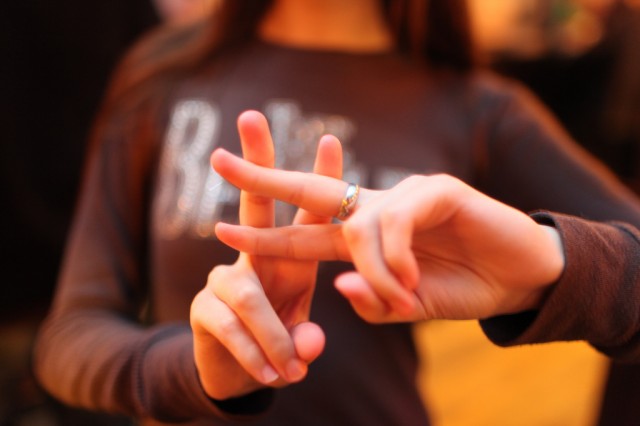If you’re using a Twitter account or a Facebook fan page for your small business, make sure you invest in hashtags as a component of your social media strategy. Sending out tweets or posts without making use of marked phrases and keywords indicates that you're ignoring a very important aspect.
Small businesses can follow these tips to improve their brand's hashtag strategy:
Look for business related conversations
Go to hashtags like #smallbiz
or #SMB for resources, advice, and news relevant to small businesses. Though
such broad hashtags are likely to generate a large number of tweets each day,
tuning in often for quick updates is great for inspirations regarding future blog
posts or marketing tactics.
Select hashtags by
topic for more specific conversations. The #marketing and #sales hashtags
contain loads of content related to small businesses. You could also peek into
the #entrepreneurs or #startups hashtags for interesting profiles in your arena.
For tips on connecting with like-minded business men, you could use the
#networking hashtag.
Keep things
consistent and simple
When you’re creating
your own hashtags, try to keep them simple and direct. If you’re tweeting or
posting regarding a blog explaining how your company uses finance apps, don't craft
a complex hashtag. You could pair your post with hashtags like #SmallBiz and
#apps instead of #SmallBusinessToolsandApps. Complicated hashtags are not search-friendly
or commonly used, and your post might remain unnoticed.
Avoid using excessive
hashtags because they might appear as a desperate marketing attempt. Using 1 to
2 hashtags in a tweet is quite enough.
Craft your own
hashtags
This is a cool way to create
interest in a marketing campaign. Using Twitter or Facebook for launching a
contest is a great marketing strategy for your brand. Ask people who submit
ideas, photos, or jokes to tweet with specific hashtags. This gives you all
submissions in a single place at the end of the entry period.
You can use events as
opportunities for the creation of conversations around hashtags. Assign a
unique hashtag before the event, and you'll have discussion and content related
to the event even before it begins.
Organize social
dashboards
A convenient way to stay
updated with relevant hashtags is by the designation of columns easily
accessible in your social dashboard. You could add a hashtag column with a
business theme to check when you can spare a moment. Keep adding columns as required,
for example, when a hashtag contest or marketing campaign is launched.
Make use of Follow Friday.
Through a January 2009
announcement on Twitter, Micah Baldwin suggested that people follow every week.
This Follow Friday trend took off with the #FollowFriday hashtag which is now
shortened to #FF.
You can also create a #FF
of your tweet. List the people you wish to follow and try squeezing as many
Twitter handles as possible into a single tweet with the #FF hashtag. Ensure
your list is themed – for example, Political analysts, Comedians or Activists.
Indicate the category of people suggested in the tweet. You could also support
only 1 or 2 people such as executives, journalists, or prospective business
partners in a #FF tweet for complimenting or communicating with them.

No comments:
Post a Comment